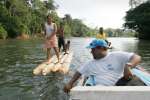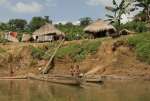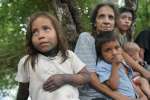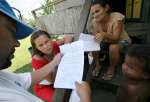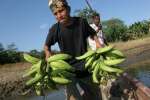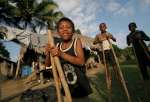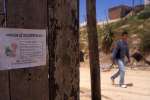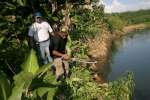UNHCR welcomes definitive bilateral ceasefire in Colombia
News Stories, 13 November 2015
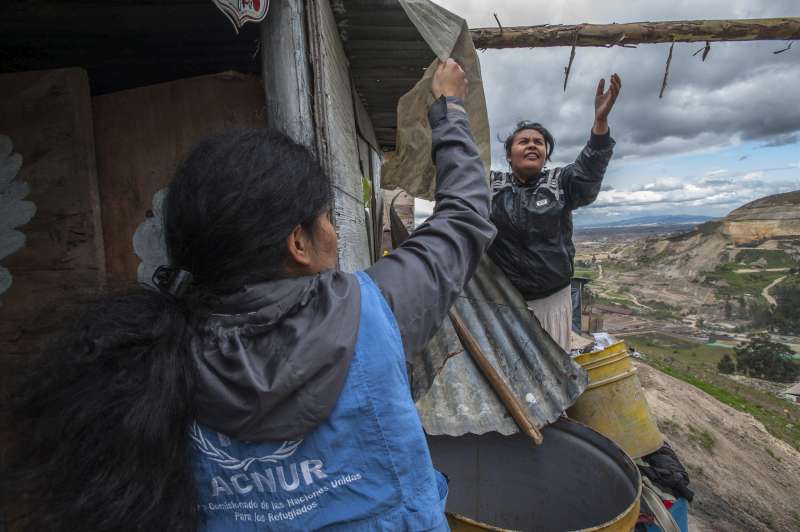
© UNHCR/S.Rich
Diana, an internally displaced person, attends to a shelter at Altos de la Florida, Colombia.
GENEVA, Nov 13 (UNHCR) – United Nations High Commissioner for Refugees António Guterres has welcomed the announcement by the Government of Colombia and the Revolutionary Armed Forces of Colombia (FARC) to establish a bilateral and definitive cease-fire in the coming weeks.
The High Commissioner also encourages the two parties to do everything possible to reduce the impact of the conflict, which has resulted in displacement and suffering for many Colombians.
The UN refugee agency reiterates its offer of support to the negotiating parties in their discussions aimed at restoring and guaranteeing the rights of displaced people and refugees.
UNHCR also wishes to highlight the importance of the peace agreement to guarantee the rights of victims in general and internally displaced people and refugees in particular – including their access to durable solutions – as the best way to restore their rights.
UNHCR reaffirms its commitment to assist with the successful conclusion of the peace process and acknowledges the important efforts being made in this regard by President Juan Manuel Santos and the people of Colombia.
Panama's Hidden Refugees
Colombia's armed conflict has forced millions of people to flee their homes, including hundreds of thousands who have sought refuge in other countries in the region.
Along the border with Colombia, Panama's Darien region is a thick and inhospitable jungle accessible only by boat. Yet many Colombians have taken refuge here after fleeing the irregular armed groups who control large parts of jungle territory on the other side of the border.
Many of the families sheltering in the Darien are from Colombia's ethnic minorities – indigenous or Afro-Colombians – who have been particularly badly hit by the conflict and forcibly displaced in large numbers. In recent years, there has also been an increase in the numbers of Colombians arriving in the capital, Panama City.
There are an estimated 12,500 Colombians of concern to UNHCR in Panama, but many prefer not to make themselves known to authorities and remain in hiding. This "hidden population" is one of the biggest challenges facing UNHCR not only in Panama but also in Ecuador and Venezuela.
Panama's Hidden Refugees
Colombia: Assisting the Internally Displaced
Colombia is the worst humanitarian crisis in the western hemisphere. More than two million people have been internally displaced during the conflict, including 200,000 persons in 2002 alone. Tens of thousands of other Colombians have sought refuge abroad.
UNHCR provides legal assistance to these internally displaced persons (IDPs), supports their associations and on the national level has helped to strengthen government programmes and relevant legislation. Specialised agency programmes include education, psychological and social rehabilitation projects for children and their families and assistance to women who head households.
Colombia: Assisting the Internally Displaced
Panama's Hidden Refugees
Colombia's armed conflict has forced millions of people to flee their homes, including hundreds of thousands who have sought refuge in other countries in the region.
Along the border with Colombia, Panama's Darien region is a thick and inhospitable jungle accessible only by boat. Yet many Colombians have taken refuge here after fleeing the irregular armed groups who control large parts of jungle territory on the other side of the border.
Many of the families sheltering in the Darien are from Colombia's ethnic minorities – indigenous or Afro-Colombians – who have been particularly badly hit by the conflict and forcibly displaced in large numbers. In recent years, there has also been an increase in the numbers of Colombians arriving in the capital, Panama City.
There are an estimated 12,500 Colombians of concern to UNHCR in Panama, but many prefer not to make themselves known to authorities and remain in hiding. This "hidden population" is one of the biggest challenges facing UNHCR not only in Panama but also in Ecuador and Venezuela.
Panama's Hidden Refugees


Colombia: Helena Christensen gets to know Maribeth for World Refugee Day 2015
The Danish photographer visited UNHCR's work in Colombia and met with women who show great strength and courage in one of the world's most protracted conflict-ridden hot spots.
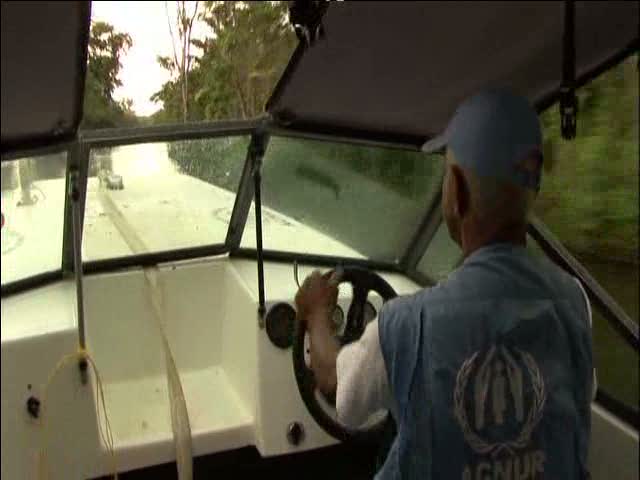

Colombia: Indigenous People Under Threat
Violence in parts of Colombia is threatening the existence of the country's indigenous people. This is the tale of one such group, the Tule.
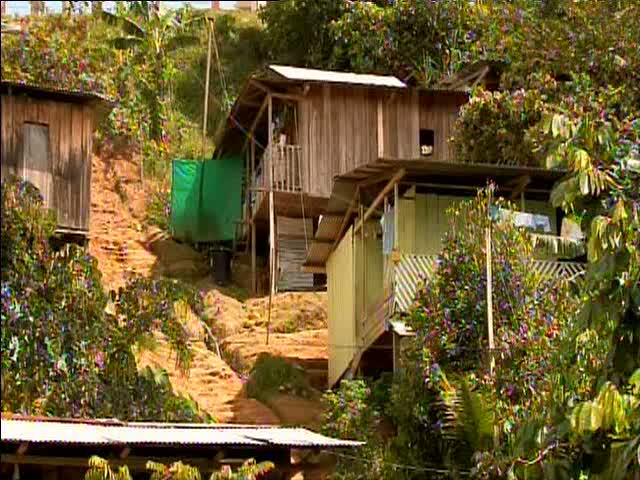

Colombia: Giving women strength
In the volatile southern Colombian region of Putumayo, forced displacement remains a real and daily threat. Indigenous women are especially vulnerable. A project by UNHCR focuses on helping women to adapt and learn about their rights while they are displaced.





